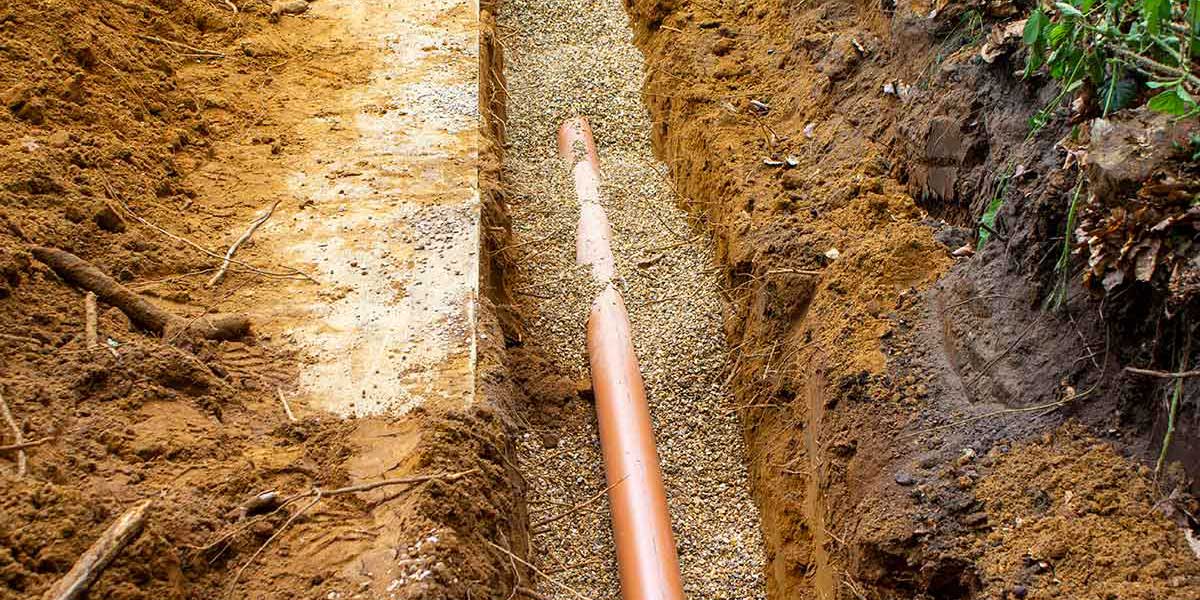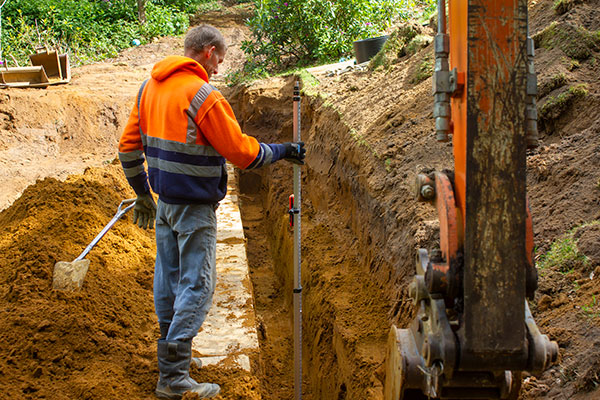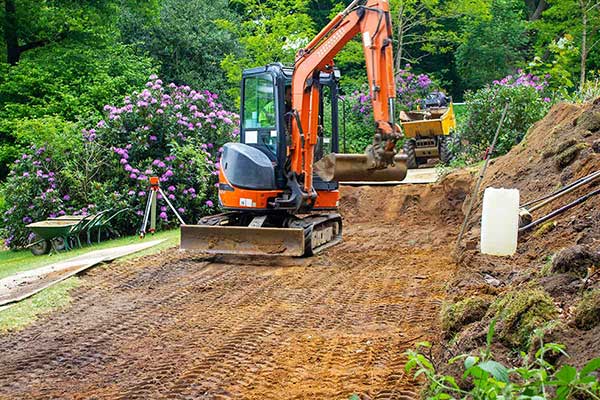Sewage Plant Soakaways & Drainage Fields
CESS has 30 years’ experience in the design and installation of soakaways, drainage fields and leach fields for domestic septic systems. All new drainage fields are constructed to BS 6297:2007 and our experts will ensure that your treated water is disbursed safely and legally, meeting all UK environmental regulations. As well as new drainage fields, in conjunction with sewage treatment plants, we also offer upgrades to your existing drainage system. This can increase capacity and efficiency when extending homes with off-mains drainage and septic systems.

Regular sewage plant maintenance and cleaning are key to keeping your drain field in good health. In some circumstances we can improve the efficiency of an existing system by cleaning and unblocking any pipes connected to the drainage field. Yearly maintenance will help to prevent common drainage field issues such as “binding” and will maintain efficiency for many years.
For new drainage field installations or if you require help with an existing drain field and septic system please do contact us.


Only drainage fields constructed to British Standard BS 6297:2007 are suitable for use with sewage treatment plants and septic systems. A soakaway should not be used to drain effluent into the ground.
A drainage field is a grid of connected series of pipes running from a septic system. The pipes feature rows of small holes and are buried in specially constructed trenches that contain drainage shingle. The water from the septic system flows around the pipes and is released slowly. The drainage shingle performs another stage of filtration while allowing the cleaned water to release slowly and safely back into the ground in a continual controlled process known as infiltration.
Typical problems that arise with soakaways, drainage fields and leach fields are:
- Poor septic tank maintenance – This can lead to wet ground around your soakaway, water backing up in the septic tank, and even gurgling toilets.
- Poor design or installation – Often resulting in blockages that require regular maintenance or full replacement.
- Not enough capacity – Older septic systems may struggle to deal with additional showers and kitchens as homes are extended.
